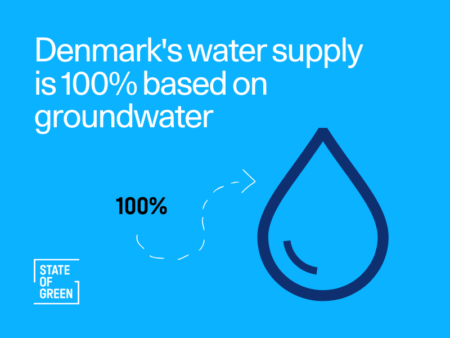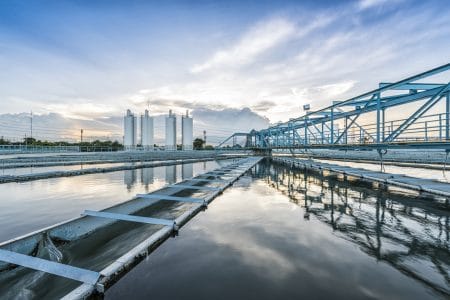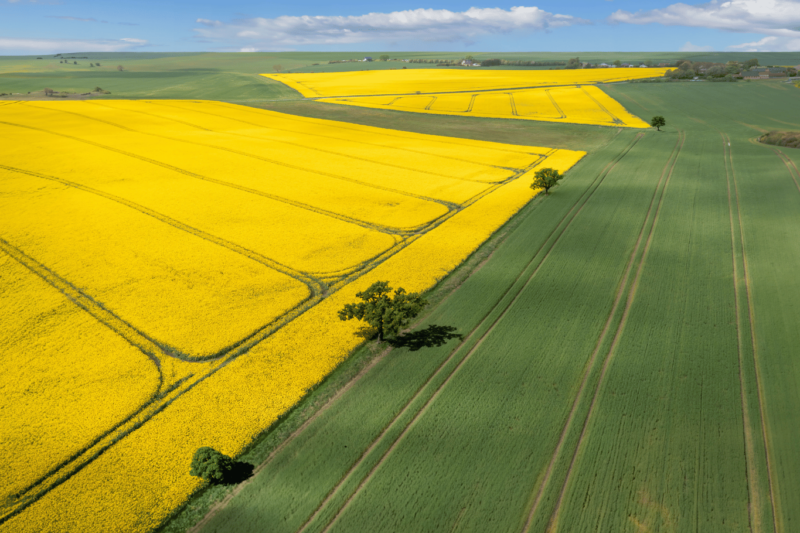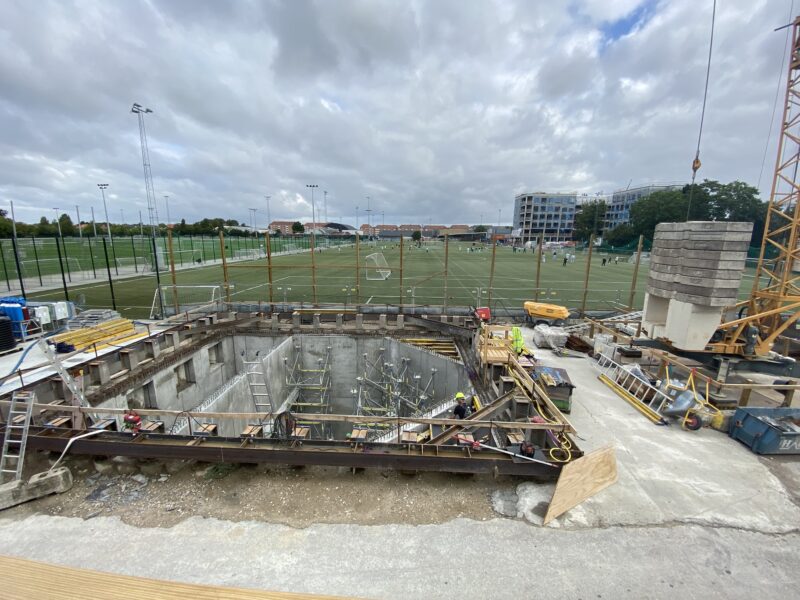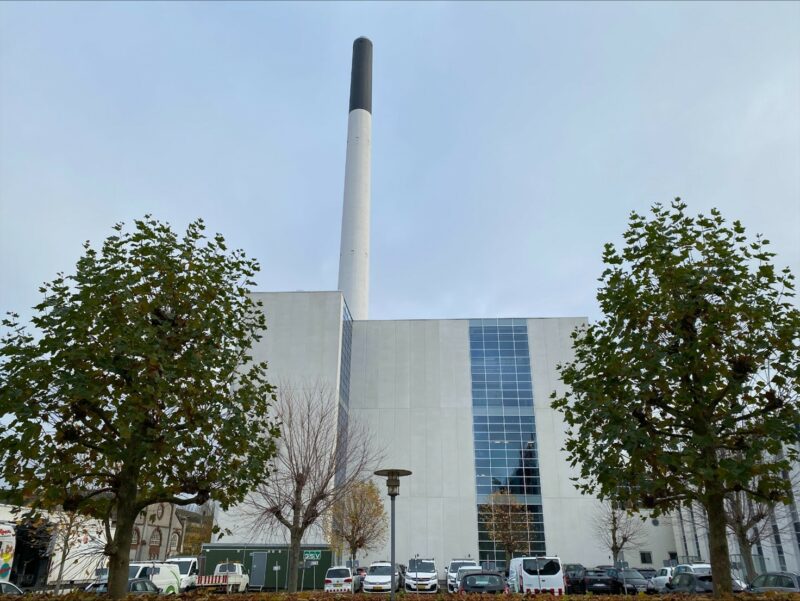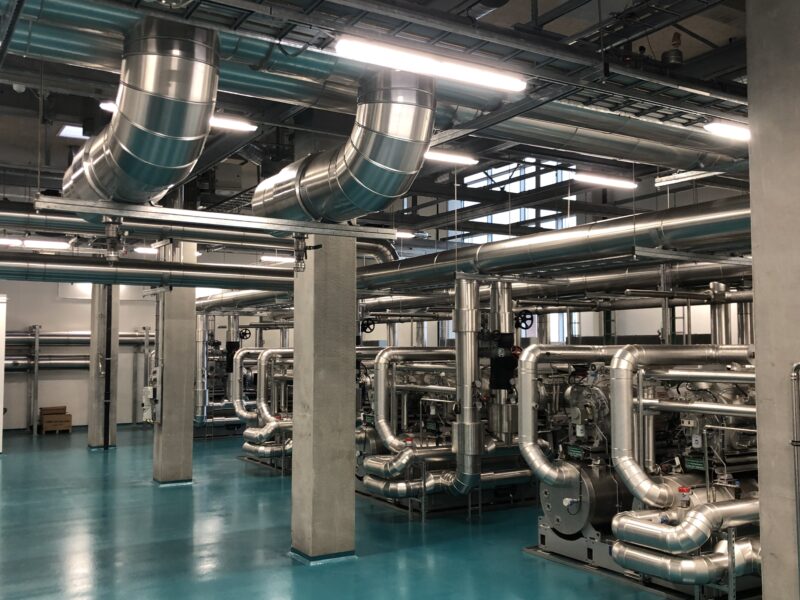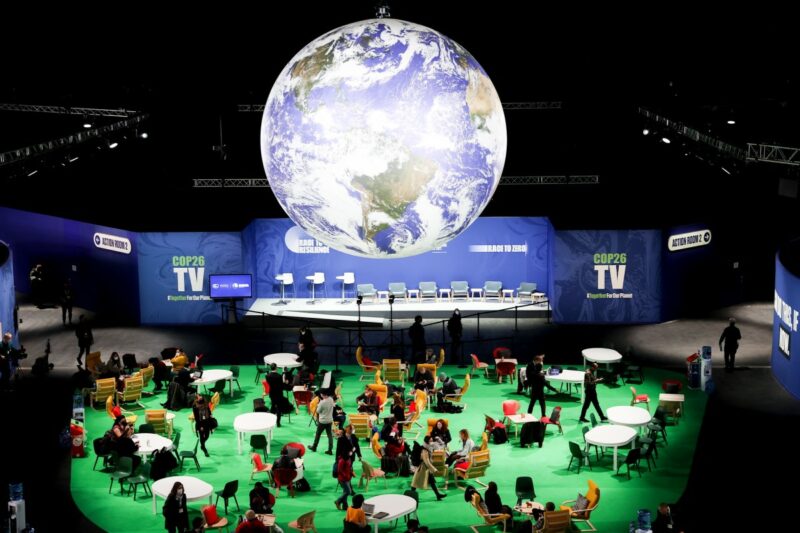News
Water management
Climate change adaptation
Coastal protection
+16
Ensuring water security for a growing world
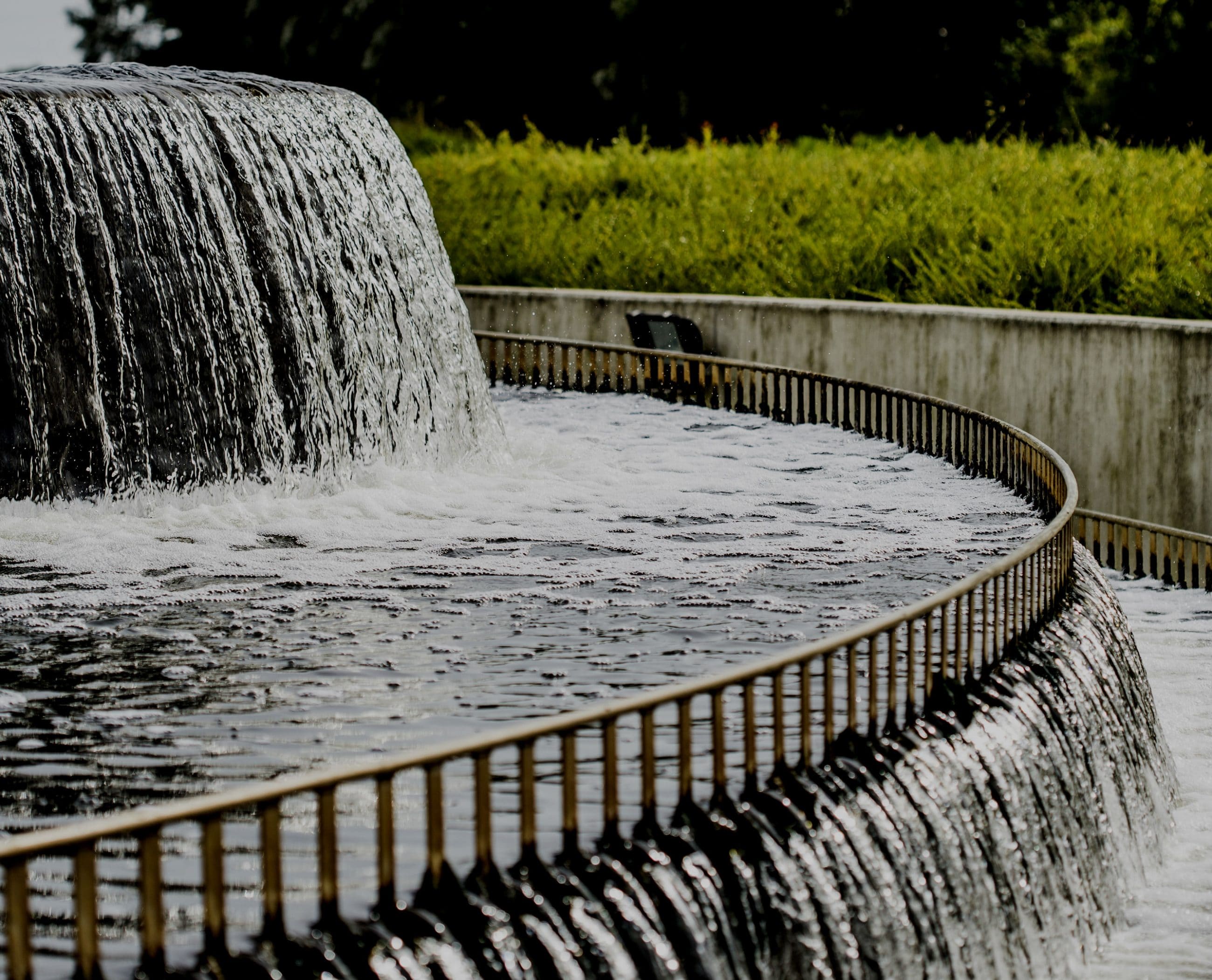

Conflicts over access and demand for water are only expected to intensify in the coming years, leading to chilling predictions that we could experience wars over access to water in the not too distant future. Achieving a sustainable balance between supply and demand and making sure we have enough water – of the right quality – for the purpose for which it is needed is key to achieving water security for our growing world. However, with the judicious application of smart technologies, sound policy-making, workable regulations, a collaboration between the public and private sector, and an appreciation of the real cost of water, it is possible to achieve this goal.
Although Denmark still has room to improve, particularly when it comes to reusing wastewater and reducing the energy we expend treating it, today we are in a relatively strong position in terms of water resources. While geographical factors and resource endowments have undoubtedly helped, careful planning and the development of interrelated regulatory and technical solutions, as well as recognition of the true cost of water and a willingness to pay the price, have also played a central role in creating this strong foundation.
Water security: Protection of groundwater and freshwater resources
Global demand for water is projected to outstrip supply by 40 % in 2030. Currently, it is in areas such as California, the Nile delta in Egypt and the border between Pakistan and India where the problem is most acute. Groundwater, that which is stored in rocks beneath the earth’s surface, is far more abundant than fresh surface water, less susceptible to contamination and requires less treatment to make it drinkable. Thus, it makes sense to utilise groundwater resources as much as possible. However, mapping of a country’s groundwater resources is often only partially completed. Lack of accurate knowledge of where or how much water there is in an area often results in over-extraction.
It requires political will to invest in and protect groundwater resources. Understanding and accepting that water is a resource that must be paid for is an inseparable element of this. However, the rewards are high, as it can heighten water security and quality and help attract companies and industry to a region, thus boosting economic growth.
Saving water: A matter of investment and mentality
When a resource is scarce, using it in the most efficient way possible is paramount. The transformation to a water-efficient society requires technical solutions and often a change of mindset among the population. Non-revenue water or urban water leakage is a major global problem, with an average of 25-50 % of all distributed water that enters the piping system being lost on its way to the consumer. Solutions to this problem involve:
- the application of regulatory and economic incentives that motivate water utilities to focus on reducing their leakages
- the use of technological ongoing monitoring, pressure management and use of high-quality components
By enacting such measures, Denmark has managed to contain urban water loss to less than 8 %.
Reduction of household water consumption is also an area where it is possible to make large gains relatively quickly. To this end, a number of complementing initiatives such as the installation of water meters that measure consumption and water-saving devices, public awareness campaigns and establishing a price on water can be implemented. Doing so has helped Denmark reduce its household water consumption to 106 litres per person per day in 2016, compared to 174 litres in 1989.
Explore all publications on water management.
Wastewater as a valuable resource
Less than half of all wastewater on a global scale is collected and even less than 20 per cent of it is treated before it is released back into nature. This is startling, as failure to treat wastewater can create severe damage to the water environment. Imposing stricter regulatory standards for both treatment efficiency and effluent quality have been useful tools for reversing this trend in Denmark.
Traditionally, wastewater has been considered merely a liability that needs to be dealt with. However, a paradigm shift is happening, where we are beginning to look at the potential value of wastewater for both energy production and resource recovery.
Approximately 2 % of the world’s total energy consumption is used for collecting and treating wastewater. Thanks to new technologies and intelligent control systems, it is now possible to reduce wastewater treatment plants’ energy consumption dramatically. Furthermore, the organic content in the wastewater can actually be utilised as a resource for energy production. Combining these two measures means it is now possible to create energy neutral and even energy net producing plants. The experience so far is so positive that some water utilities are now aiming at achieving a complete energy-neutral water cycle.
Another potential is the recovery of phosphorous to produce agricultural fertilizer with several advantages compared to the traditional method of applying sewage sludge. Finally, the water itself can be cleaned to such high standards that it can be reused in a number of ways – e.g. for flushing toilets, laundry machines or irrigation for crops.
Reconciling competing demands for water
A growing, rapidly modernising global population leads to increased demand for energy. This has a knock-on effect on the demand for water, as water is used to cool power stations. Population growth also means more mouths to feed and rising affluence across the globe has led to a demand for western-style diets, further intensifying the pressures on the water supply.
How is it possible to ensure a just allocation of water that reconciles competing demands for water consumption? Known as the water-food-energy nexus, these rival demands of water for drinking, food and energy production have led to the development of Integrated Water Resource Management (IWRM). It is a system that can be applied globally and consists of principles that aim to secure water for all sectors, conserve it in a sustainable way and protect water resources from pollution.
Connect. Inspire. Share. Think Denmark
No area is immune to water challenges. Politicians, businesses, and citizens have an interest in ensuring it remains in abundant supply. Each country and indeed region’s unique set of personal circumstances will affect which type of challenge it is facing today and which ones it will face tomorrow.
Denmark’s long history of developing environmental regulations, creating workable private-public partnerships, capturing high-quality data and making it available to the public as well as deep partnerships between industry, government and research institutions have helped cement our skills in managing water across all aspects of the scale. Yet, this was not achieved without cost or effort. We, therefore, invite you to capitalise on our experiences and competencies. We hope to help you to discover cost-efficient and effective ways that equip you to better withstand your water challenges of today and those of tomorrow.
Read cases related to water security:
Danish Partnership to provide secure water to 240,000 Kenyans living in arid areas
Explore relevant publications
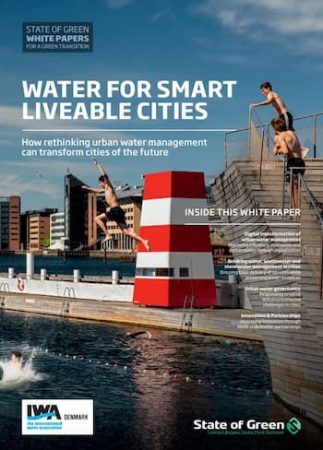
Water for smart liveable cities
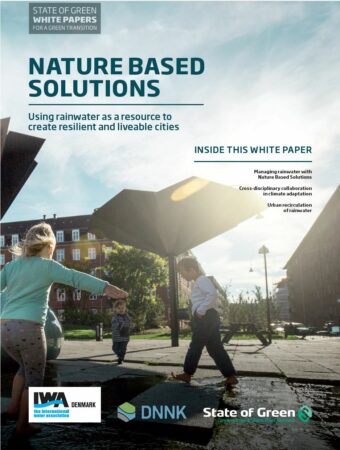
Nature Based Solutions
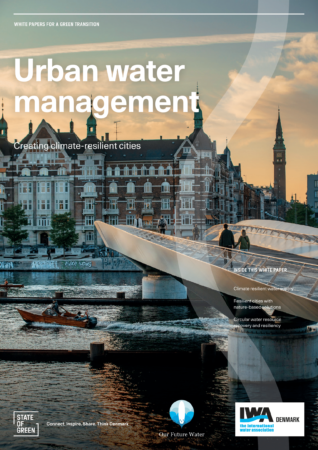
Urban water management
You should consider reading
solutions
Climate change adaptation
+4
